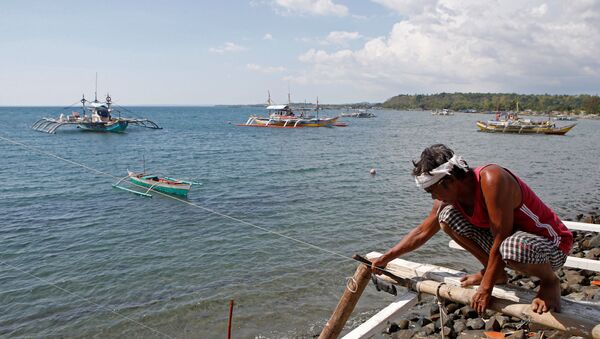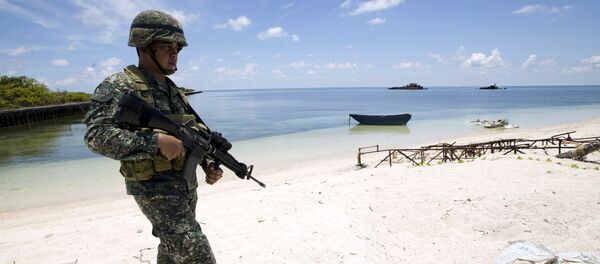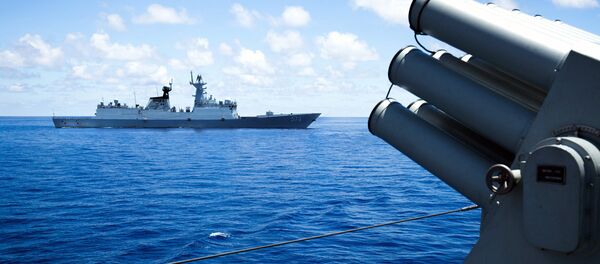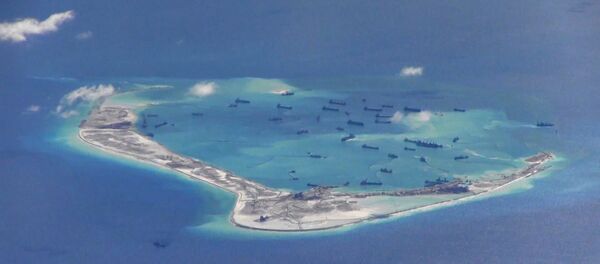It spans an area the size of Mexico, extending more than one thousand kilometers from China, and which encompasses territory claimed by Malaysia, the Philippines, Taiwan and Vietnam.
“An estimated $5 trillion worth of goods are transported through South China Sea shipping lanes each year, including more than half the world’s annual merchant fleet tonnage and a third of all maritime traffic worldwide,” he explained in his article for The National Interest.
In a separate analysis of the region’s unique geography, Robert D. Kaplan, chief geopolitical analyst for Stratfor and a former member of the Pentagon’s Defense Policy Board, said that the South China Sea functions “as the throat of the Western Pacific and Indian oceans — the mass of connective economic tissue where global sea routes coalesce.”
The geopolitical analyst says that the oil transported through the Malacca Strait from the Indian Ocean, en route to East Asia through the South China Sea, is triple the amount that passes through the Suez Canal and fifteen times the amount that transits the Panama Canal.
Roughly two thirds of South Korea’s energy supplies, nearly 60 per cent of Japan’s and Taiwan’s energy supplies, and 80 per cent of China’s crude oil imports come through the South China Sea.
Whereas in the Persian Gulf only energy is transported, he further explains, in the South China Sea, energy, finished goods, and unfinished goods are all shipped.
Fensom says that analysts estimate that the cost of rerouting oil tankers via the Lombok Strait and east of the Philippines at $600 million per annum for Japan, and $270 million per annum for South Korea.
It has proven oil reserves totaling seven billion barrels, and an estimated 900 trillion cubic feet of natural gas.
“If Chinese calculations are correct that the South China Sea will ultimately yield 130 billion barrels of oil (and there is some serious doubt about these estimates), then the South China Sea contains more oil than any area of the globe except Saudi Arabia. Some Chinese observers have called the South China Sea “the second Persian Gulf,” Kaplan adds.
Fensom, however, also cites the estimates provided by the US Energy Information Agency, which claims that the South China Sea holds merely eleven billion barrels of oil, similar to Mexico’s total oil reserves, and 190 trillion cubic feet of natural gas — enough to meet twenty-eight years of Chinese gas demand.
Apart from energy resources, commercial fishing in the South China Sea waters accounts for an estimated 3 percent of Indonesia’s GDP and almost 2 percent in Malaysia, the Philippines and Thailand.
All the above explains the keen interest in the region, the analyst says, adding that “anyone who speculates that with globalization, territorial boundaries and fights for territory have lost their meaning should behold the South China Sea.”





